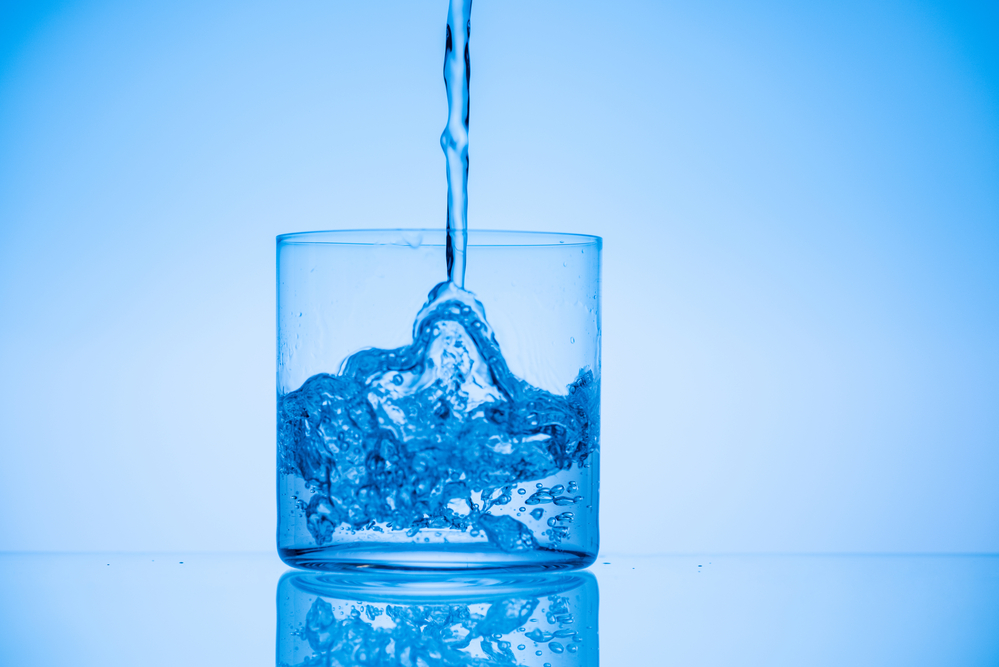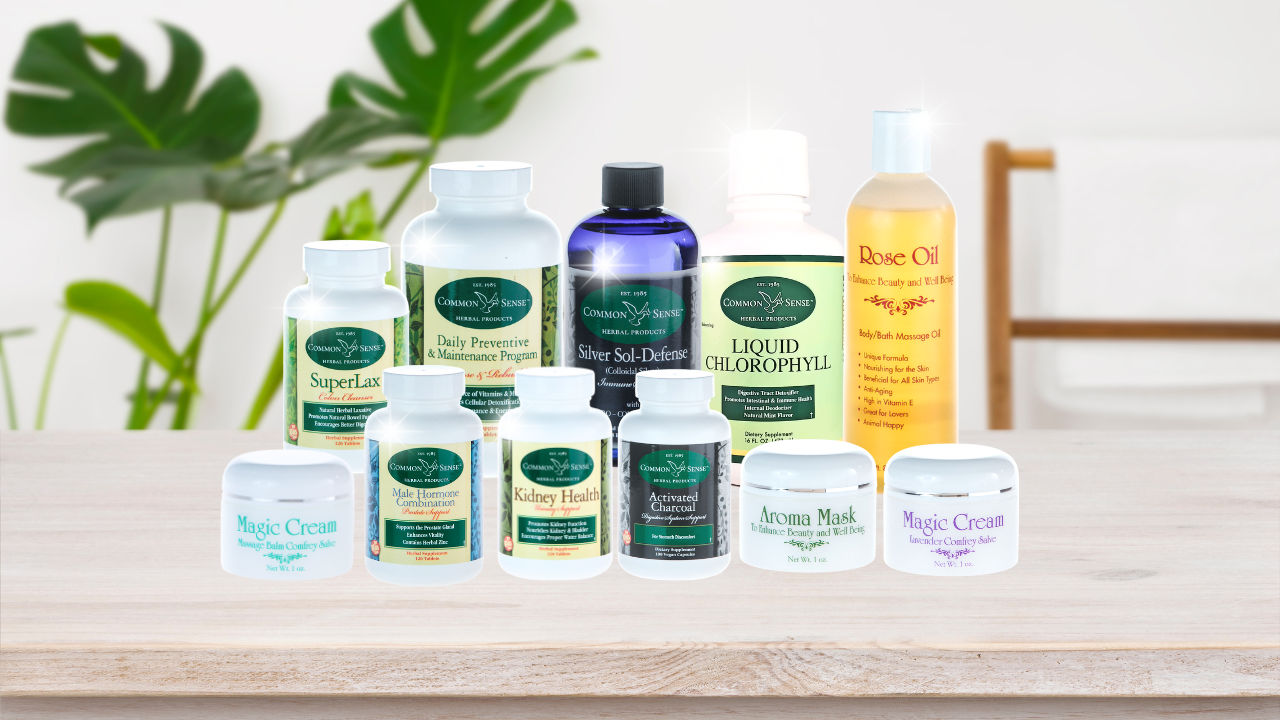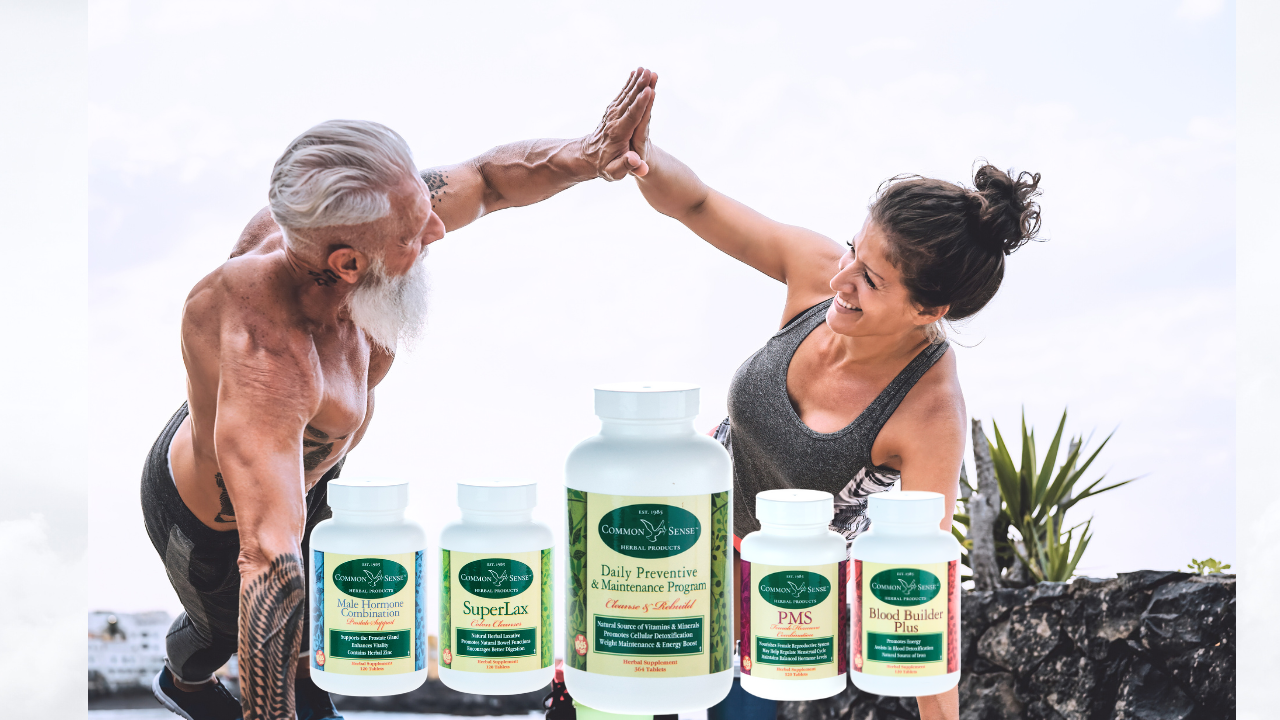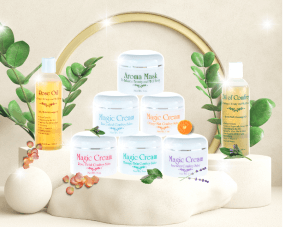
Water (H2O), along with carbon and oxygen form almost all the chemical structures needed for life to exist, making them the most important elements on earth. To put this into perspective, the human body is made up of about 60 percent H2O, and 70 percent of the earth is made up of it as well.
Why the Body Needs Water
The body uses H2O in its cells, organs, and tissues to maintain bodily functions and regulate body temperature. Your body loses H2O by everyday processes such as breathing, digestion, and sweating, which is why it is important for us to counteract this daily loss by rehydrating. It also lubricates the joints, helps to protect the spinal cord, keeps moisture in the tissues, bones, blood, and brain.
Dehydration is believed to negatively affect memory and attention span. Seeing as 75 percent of the brain is made up of H2O, low electrolyte levels contribute to confusion. Low electrolytes can also affect the body's ability to function, with fatigue and muscle weakness resulting from a low electrolyte intake. The intake of H2O also aids in waste removal through defecation, urination, and perspiration. In short, we need this vital chemical substance to ensure our organs and cells can function properly.
Harmful Chemicals and Plastic Water Bottles
The average person in the United States drinks 39.3 gallons of water every year, making it more popular than soda. On the surface, this may seem like a good thing. But plastic bottles have contaminants in them that are potentially hazardous to your health. There are almost 25,000 chemicals swimming around in plastic bottles, and they can have adverse effects on your health.
5 Types of Chemicals Found in Plastic Water Bottles
1. Arsenic
Arsenic is a carcinogen that is poisonous to humans. So much so that the FDA only allows 0.05 milligrams of it per liter of H2O. Continued consumption of arsenic can lead to health problems such as blood, cardiovascular, endocrine, gastrointestinal, kidney, and liver toxicity, neurotoxicity, and cancer to name a few.
2. Coliform
Coliform is bacteria usually found in the intestinal tract and there are three classifications for coliform. Total coliform is a large gathering of bacteria that can be found in the environment. Fecal coliform is present in fecal matter. And E. coli is a specific subgroup of fecal coliform. Consuming coliform from a plastic bottle can cause diarrhea, nausea, headache, fatigue, and jaundice.
3. Fluoride
Fluoride can be found in many popular bottle brands. Fluoride is a chemical usually found in toothpaste to prevent cavities and strengthen teeth but ingesting it leads to a risk of acne, arteriosclerosis, bone cancer, heart failure, diabetes, complications with the immune system, and fluorosis in children. Luckily, plastic bottle manufacturers must legally say that they contain fluoride on the label.
4. Iron
Iron is a metallic element that the body does need to function, but excessive iron intake can be hazardous. Iron toxicity can lead to nausea, vomiting, eczema, diabetes, hemochromatosis, and liver damage among other serious conditions. Iron build-up is usually caused by corroded pipes.
5. Nitrate
Nitrate is usually found in fertilizers. It pollutes the sources that most bottle companies gather from. While particularly hazardous to infants, nitrate can severely interfere with the endocrine system. This will affect bodily systems affected by hormones and can lead to tumor growth, and birth defects in children of a parent with a high level of nitrate in their system.
Plastic Bottles & the Environment
Plastic is recyclable, but the problem is that only less than 25 percent of all bottles are recycled. And for a country that buys 50 billion bottles a year, this is a staggering statistic. Bottles do not biodegrade; in fact, each plastic bottle takes up to 1,000 years to decompose. And during this time, these bottles pollute our soil and seep into our springs and purification systems. This makes plastic bottles extremely bad for the environment.
The result is that landfills are literally overflowing with discarded bottles. Landfills filled with plastic bottles are environmentally hazardous because plastic is made with fossil fuels. So, not only is it bad for our environment, but it is also a waste of our resources. But scientists are privy to this and over the last two decades have made enormous strides at eco-friendly alternatives.
Eco-Friendly Alternatives
By using an alternative to plastic bottles, we can all do our own part to help save the environment. And these alternatives are easy to find and will not break the bank. By simply using a reusable bottle and/or a filter, you can reduce your carbon footprint and avoid hazardous chemicals found in plastic bottles. All this can be achieved by switching one of these eco-friendly alternatives:
1. Reusable Plastic Bottles
Reusable plastic bottles are probably the most popular alternative to standard plastic bottles. After all, they are more durable and very affordable, so switching to reusable plastic bottles is a no-brainer. When you purchase a reusable plastic bottle you can effectively protect the environment and yourself by avoiding harmful chemicals.
2. Reusable Glass Bottles
Glass is a great alternative because it can be recycled time and time again without losing its quality. Reusable glass bottles can be placed in the dishwasher for easy cleaning and topped whenever needed. Glass is also heavier, a bit more expensive, and easier to break than other options, which means it may not be a suitable option for some.
3. Reusable Stainless Steel Bottles
The stainless steel reusable bottle is sturdy and looks sleek, making it an attractive option for those who may want something a little more durable. Many stainless steel options are also insulated which will keep the liquid cooler for longer. Although they are not safe to put in the dishwasher, they can easily be washed by hand in the sink and ready for another use.
Alkaline Ionizers
An alkaline ionizer is an appliance that raises the pH of H2O by separating the two incoming streams into alkaline and acidic components. The alkaline stream is known as alkaline water. Many claim that drinking it results in many health benefits. It is thought to balance the body's pH levels, improve hydration, be rich in antioxidants, and more. It also removes 99 percent of contaminants, tastes better, and eliminates the need for plastic bottles when used with a reusable bottle.
It is sad to say but water from the wrong sources has become downright terrible for our bodies and the environment. And while we cannot reverse this overnight, we can lessen the blow by switching to reusable bottles and equipping our kitchens with filters. For those who want to go the alkaline route, ionizers are available at most every major appliance retailer. If you are interested in taking back your health, be sure to visit Common Sense™ Products for all your wellness needs.







